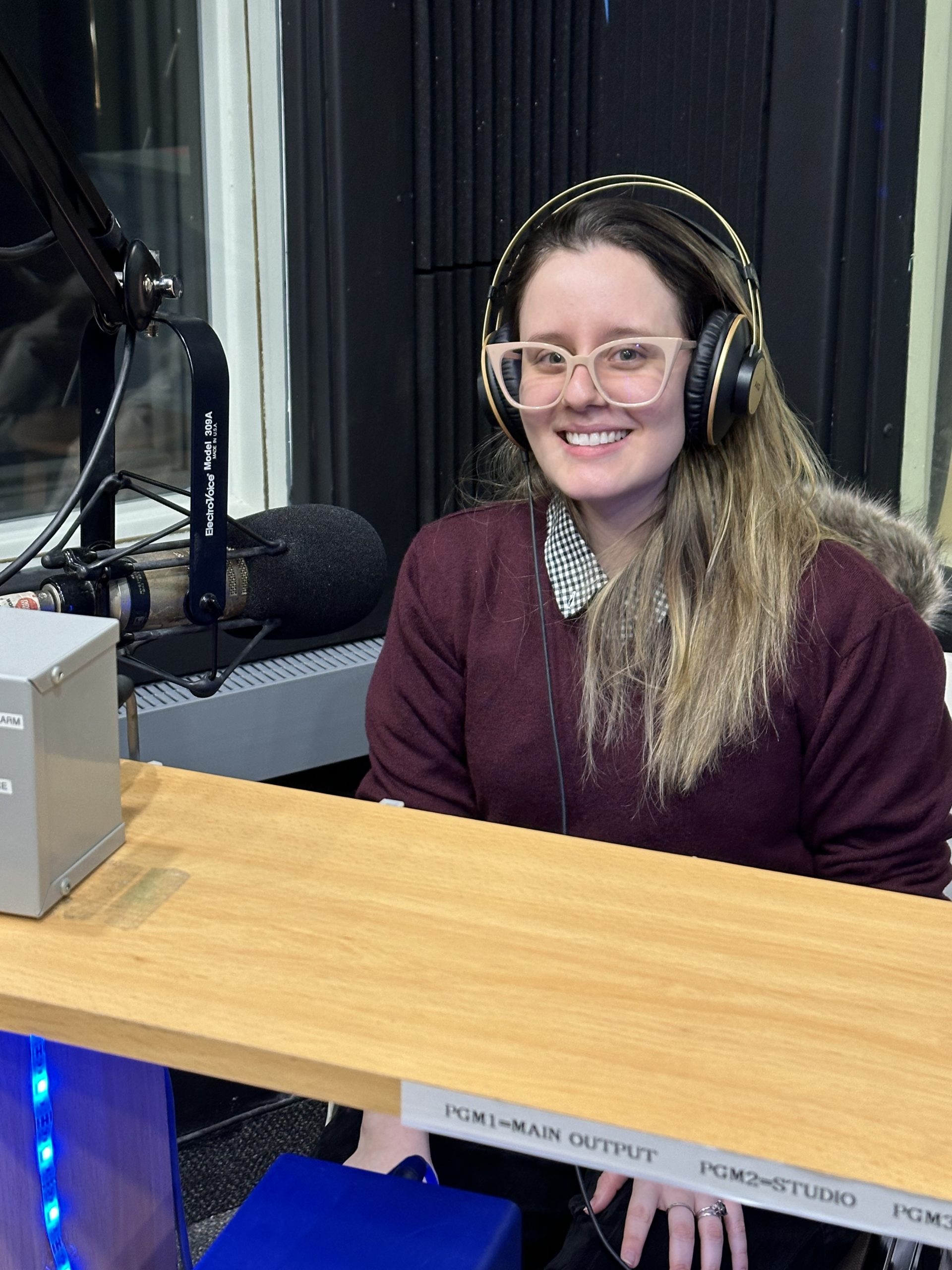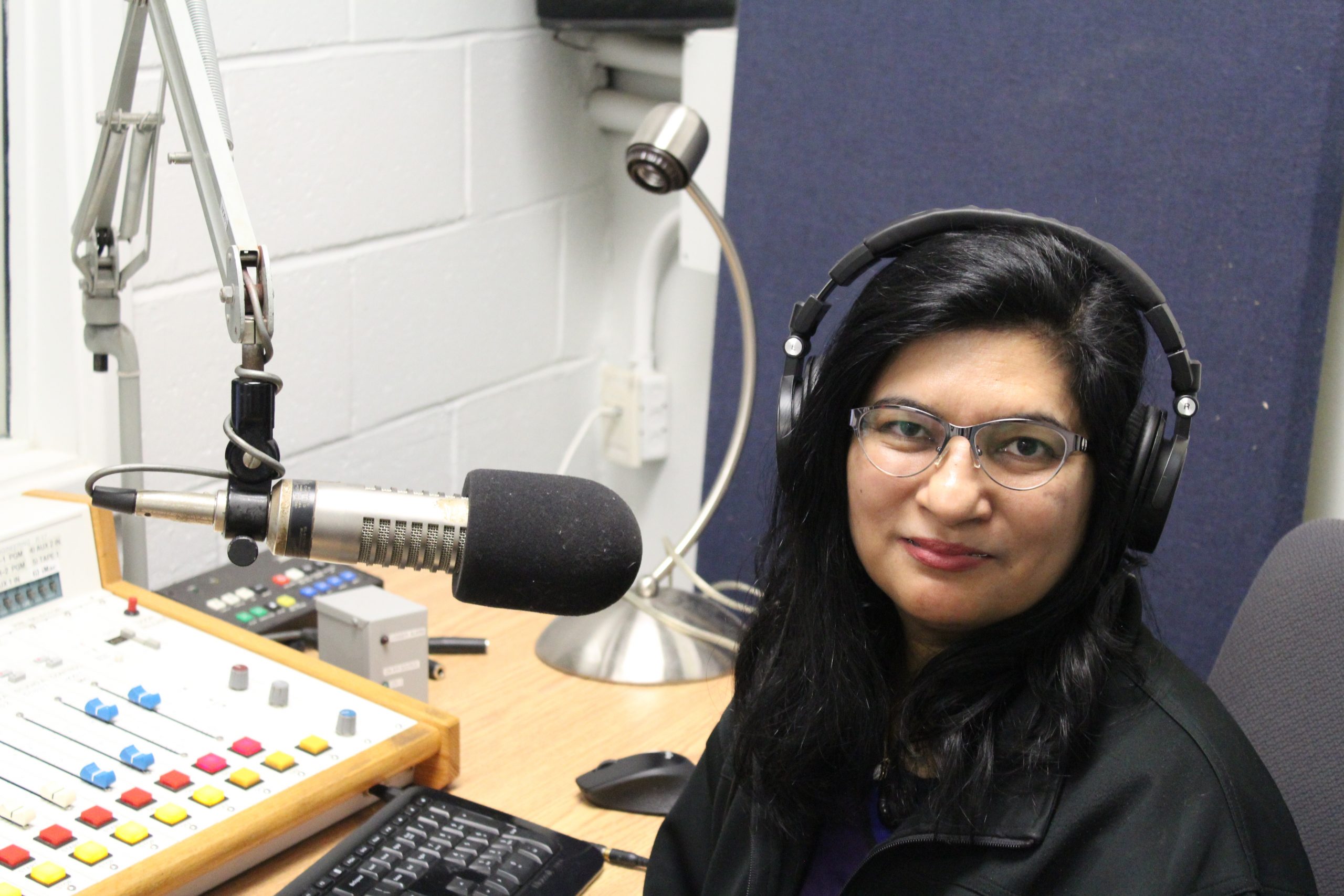During star formation, gas and dust that goes into forming a new star also go to forming an equatorial disk of material known as protostellar disks, these are where planets form. Young disks (<1Myr), as opposed to their older cousins, have only recently been able to be studied in detail thanks to recent advancements in ground based observing facilities. My research focuses on two young protostellar disks that have been found to possess substructures in the form of annular rings. Similar rings have been previously found in much older disks (1-5Myr), but this is some of the first evidence of these kinds of structures existing at such an early stage of a disk’s life. My goal is to accurately model the physical characteristics of these two disks to better understand how they and their rings evolve into their later stages.
For upcoming interviews check out the Grad Chat webpage on Queen’s University School of Graduate Studies & Postdoctoral Affairs website.

Yiyi’s research engages in a critical dialogue between contemporary environmental writing and ecocriticism in China and the Asian North American context. Specifically, she introduces...

Development and Application of Autonomous Multi-Agent Underwater Robot Swarms for Environmental Monitoring and Response in Canadian Freshwater Lakes. For upcoming interviews check out the...

Topic: Valproic acid induced neural tube defects. Overview: Deviations in embryonic cell signaling induces birth defects such as neural tube defects seen in children...